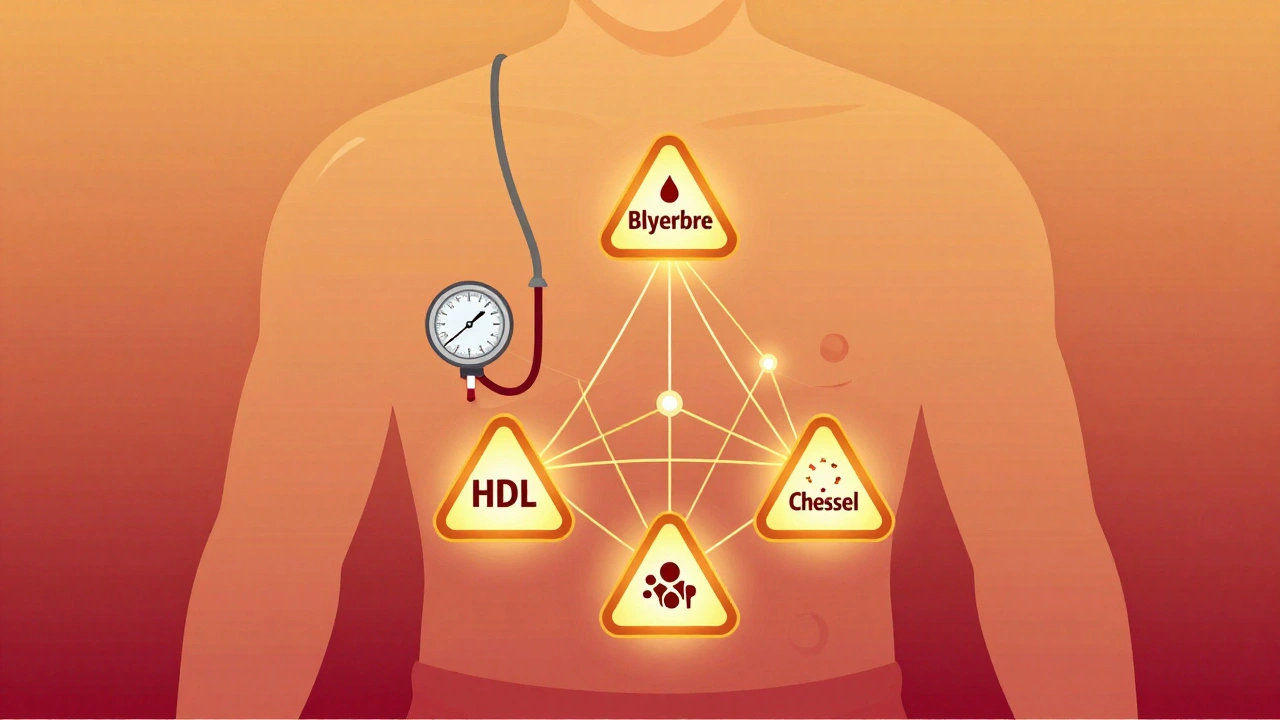Toradol (Ketorolac) – What It Is and When to Use It
Toradol is the brand name for ketorolac, a strong painkiller that works like a non‑steroidal anti‑inflammatory drug (NSAID). Doctors usually prescribe it for short‑term relief after surgery, a bad injury, or a painful dental procedure. It’s not meant for chronic aches; the FDA limits use to five days or less because the risk of side effects climbs quickly.
How to Take Toradol Safely
Toradol comes as tablets, an injectable, or a nasal spray. The most common form is the tablet, taken every six to eight hours. The usual adult dose is 10 mg initially, then 10 mg every six hours, not to exceed 40 mg in a day. For people over 65 or with kidney problems, doctors often start at 5 mg and keep the total lower. Always follow the exact schedule your prescriber gives you – skipping doses or taking extra pills can hurt your stomach and kidneys.
When you get the injectable version, a nurse will give it into a vein or muscle in the hospital. The injection gives faster relief, but you’ll still be switched to oral tablets once you’re stable enough to eat.
Common Side Effects and What to Watch For
Like other NSAIDs, Toradol can irritate the lining of your stomach. Expect mild heartburn, nausea, or indigestion. If you notice black or bloody stools, that’s a sign of a serious ulcer and you need medical help right away.
Kidney issues are another concern, especially if you’re dehydrated or have pre‑existing kidney disease. Signs include less urine output, swelling in your ankles, or sudden weight gain. Keep a water bottle handy and sip regularly while you’re on the medication.
Rare but serious reactions include breathing trouble, hives, or swelling of the face and throat – typical signs of an allergic response. If any of these pop up, treat it as an emergency.
Toradol can raise blood pressure and increase the chance of heart attacks or strokes, especially if you already have heart disease. Your doctor may check your blood pressure before starting the drug and after a few days of use.
Interactions and Things to Avoid
Don’t mix Toradol with other NSAIDs like ibuprofen or aspirin, because that doubles the stomach‑bleeding risk. Blood thinners (warfarin, clopidogrel) also clash with ketorolac and can cause dangerous bleeding.
Alcohol adds extra irritation to the gut, so skip the drinks while you’re taking Toradol. If you’re on antidepressants called SSRIs (like fluoxetine), you’ll need extra monitoring for bleeding.
When Toradol Is Not the Right Choice
If you have a history of stomach ulcers, severe kidney disease, or uncontrolled high blood pressure, ask your doctor for an alternative pain reliever. Pregnant women in their third trimester should avoid Toradol because it can affect the baby’s heart and kidneys.
For mild to moderate pain, over‑the‑counter options like acetaminophen or low‑dose ibuprofen may be safer, especially if you need medication for more than a few days.
Quick Checklist Before You Take Toradol
- Confirm the dose and length of treatment with your doctor.
- Tell your doctor about any kidney, heart, or stomach problems.
- List all medications, especially blood thinners, other NSAIDs, and antidepressants.
- Stay hydrated and avoid alcohol while on the drug.
- Watch for signs of bleeding, kidney issues, or allergic reactions.
Toradol can be a lifesaver for sudden, severe pain, but it demands respect. Use it exactly as prescribed, keep an eye on side effects, and know when to call your doctor. By staying informed, you’ll get the relief you need without unnecessary risks.






